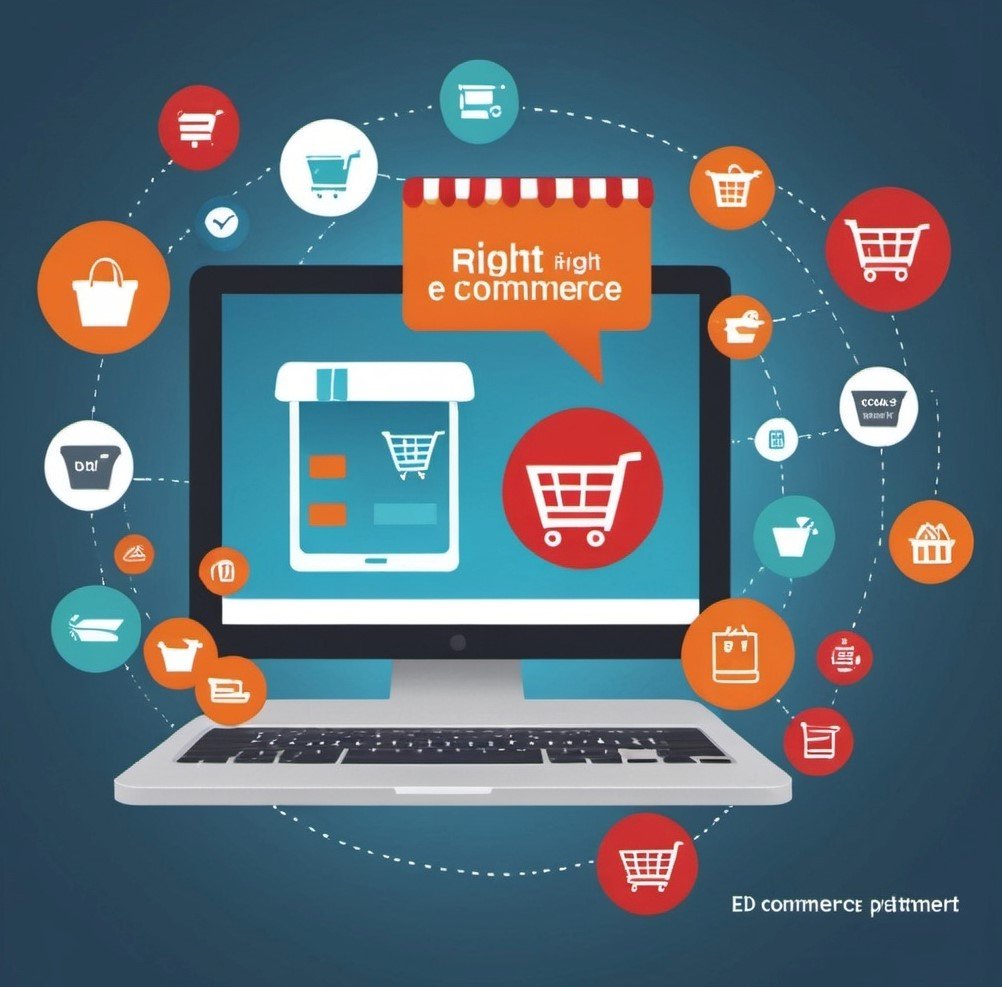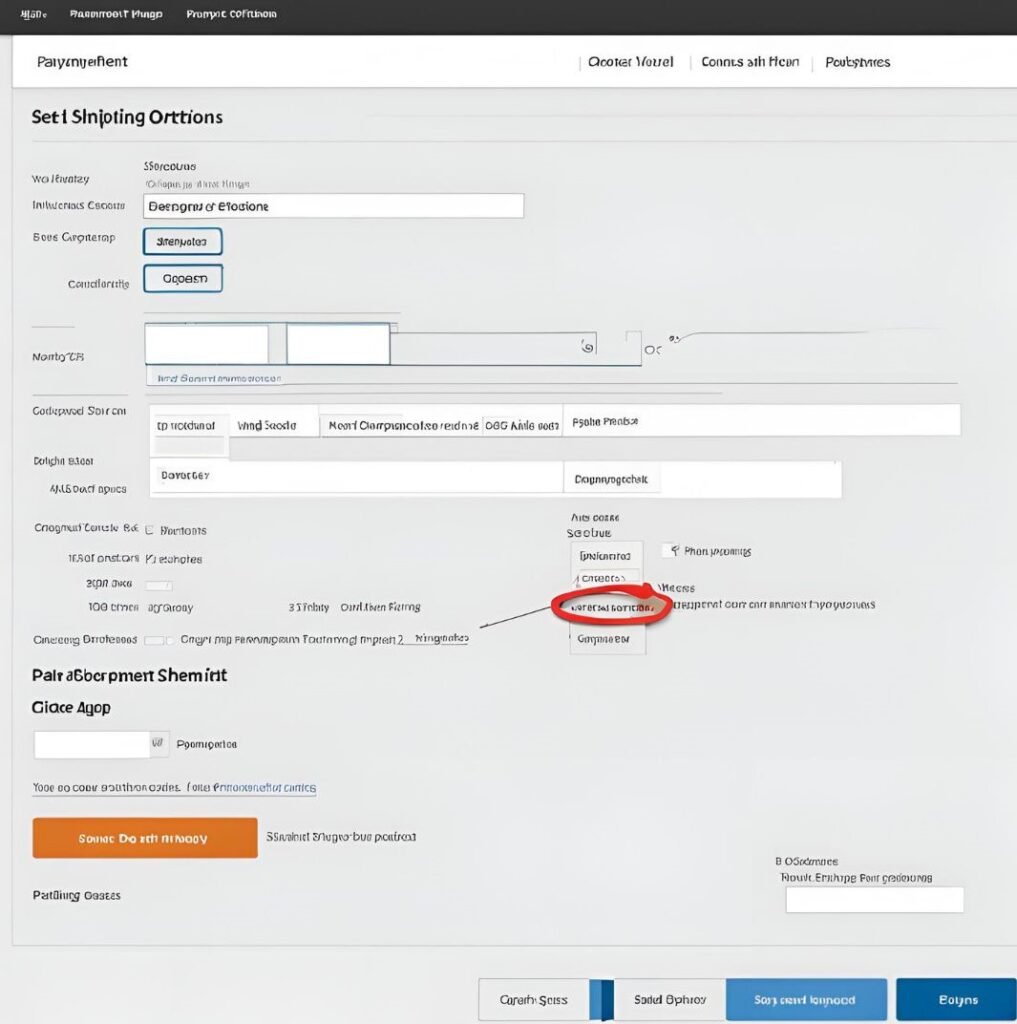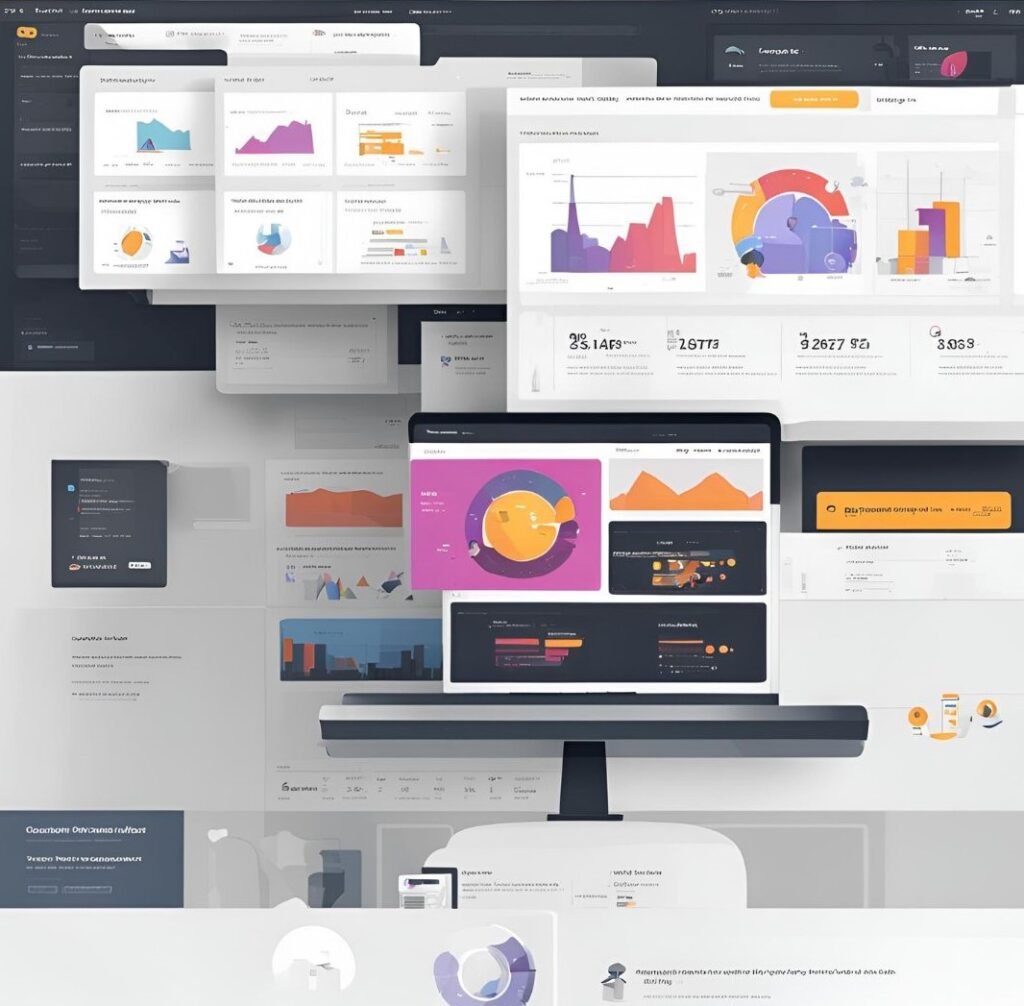When people talk about the difficulties of starting an e-commerce store, one of the main issues that come before their mind is the shocking complexity that may face them at the beginning.
Nonetheless, the right direction can lead you to your vision. And as 2024 rolls in, the picture of online store shopping is even more in favor of the consumer. Be it expanding your side hustle to a larger passive income or coming up with a new e-commerce startup, the possibilities in this field are endless.
This tutorial will take you through the main points in the startup process of the e-commerce store. We’re going to take apart the process, starting from the discovery of your niche and the opening of a shop and reaching out to the customers. Let’s then take a plunge and turn your e-commerce fantasy into a full-fledged online business.
Table of Contents
Toggle1- Find Your Niche and Understand Your Audience
You first need to figure out what you’re going to sell and who you’re trying to sell it to before you start doing anything else. This is the most important step since a properly differentiated niche and a target audience will be the guides of your future decisions.

Choosing Your Niche:
- Passion and Expertise: Choose one of your passions or areas of expertise to start with. It is easier for you to talk to your customers about your products and promote your brands when you have a real interest in the object.
- Market Demand: Find out what people are buying by conducting research. Tools like Google Trends or social media platforms can be used to achieve this purpose.
- Competitive Analysis: Check out what’s already there. Observe the things that your rivals do better and those things where they might be weak. That will help you spot the actual gap in the market.
Understanding Your Audience:
- Demographics: First of all, try to imagine who your dream clients would most probably be. What is their age, sex, the residing location and average income level?
- Interests and Habits: What are they into? What are the problems they are facing that can be addressed by your product?
- Online Behavior: Facebook? Do they go online and what do they do on these platforms? Are they more likely to be a loyal customer on Instagram, get new ideas on Pinterest, or try to grab a bargain on Facebook? From that, I can infer that I need to operate on Instagram.
If you can vizualize your niche and know your customers, you’ll be able to develop the store that would best suit their tastes.
2- Choose the Right E-Commerce Platform

Your e-commerce platform is the driving force of your online store. It is where you will build your site, take care of the products, and handle payment processing. Deciding on the best option is based on your requirements, level of experience, and your goals.
Your e-commerce platform is the driving force of your online store. It is where you will build your site, take care of the products, and handle payment processing. Deciding on the best option is based on your requirements, level of experience, and your goals.
Popular E-Commerce Platforms:
- Shopify: This is the preferred choice of many novice entrepreneurs due to its ease of setup and scalability as your business evolves. The software package has a number of themes and apps that you can use to change the look of your store.
- WooCommerce: WooCommerce is a great option if you are already familiar with WordPress. It is very flexible and customizable, thus giving you more power over your website.
- BigCommerce: For start-ups looking to scale, BigCommerce is a perfect solution with many features and compatibility with other platforms.
- Squarespace: Most suitable for those wanting to create a beautiful website quickly without the need for advanced skills. It suits to the artistic sectors.
- Magento: Very nice for bigger companies or the ones that need high-level customization. The solution is open-source and very powerful, although it may be a bit demanding in terms of technical skills.
Choose the necessary features for now and in the future. A platform that is flexible and can scale with your business is better than switching to one that can’t.
3- Design Your Online Store
Web design is crucial to your online presence, as it is the first impression that a customer gets when they visit your site. A site that is well designed not only has a professional look but also helps customers to locate the products they want conveniently and to complete the purchase with ease.

- Ease of Navigation: Make certain that your site is easy to navigate. Users can find the products they are looking for in other words, they can make their choice by picking from the list easily. They may return later if this does not work. The simpler the better. That is a basic truth in the world of the user interface. Users will feel more worried about the site’s complication since their time is going to be spent looking around here. The ones willing to spend some time navigating through it will do it to fulfill their device needs. Will they come again sometime. Then the product might not have to be returned if it is not found that it functions correctly.
- Mobile-Friendly: More and more people are shopping with their devices. Therefore, your website should be designed to look fantastic and work perfectly on all.
- High-Quality Visuals: Use high-resolution photos and videos to showcase your products. Customers want to see what they’re buying, so give them a good look.
- Fast Load Times: A slow website can turn potential customers away. Optimize your photos and use a dependable web hosting provider to preserve matters running easily.
- Trust Signals: Include customer reviews, secure payment options, and any certifications or guarantees to build trust with your visitors.
Your shop’s layout must mirror your brand’s persona and make it clean for clients to keep. A clean person-friendly website online encourages visitors to stay longer and explore extra.
4- Source Your Products

Now that your shop is coming collectively, it’s time to reflect onconsideration on your products. How you source your products will depend on what you’re promoting and your business model.
Product Sourcing Options:
- Manufacturing: If you’re creating something unique, you might need to manufacture your products. This gives you full control over first-class but requires more prematurely funding.
- Wholesale: Buying in bulk from wholesalers may be price-powerful, specifically if you need to provide a lot of merchandise.
- Dropshipping: This model lets you sell products without holding inventory. When a customer places an order, your supplier ships the product directly to them. It’s low-threat, but margins may be thinner.
- Private Labeling: Purchase generic products and rebrand them as your own. This allows you to create a branded product line without the need for manufacturing.
Choose a sourcing method that aligns together with your budget, emblem, and desires. Ensure that your providers are dependable and offer tremendous products that meet your necessities.
5- Set-Up Payment and Shipping Options
Next, you’ll need to installation charge processing and transport techniques in your keep. This is in which your clients will finalize their purchases, so it’s critical to make the technique smooth and sturdy

Payment Processing:
Your customers need to feel safe when making a payment. Choose a payment gateway that’s trusted and easy to use.
- PayPal: A widely recognized payment method that offers buyer protection and flexibility.
- Stripe: A favorite among e-commerce stores for its ability to handle a variety of payment methods and currencies.
- Square: Great if you’re also selling in person, as it integrates well with point-of-sale systems.
- Shopify Payments: If you’re using Shopify, their built-in payment system simplifies the process and lowers transaction fees.
Shipping Options:
Your shipping strategy can affect your sales, so offer a range of options to meet different customer needs.
- Flat Rate Shipping: A simple option where you charge the same amount for shipping regardless of order size.
- Free Shipping: Offering free shipping, especially on orders over a certain amount, can encourage larger purchases.
- Real-Time Shipping Rates: Integrate with carriers like UPS or FedEx to offer customers accurate shipping costs based on their location and order size.
- International Shipping: If you plan to sell internationally, make sure your shipping provider can handle global deliveries and that you’re aware of customs regulations.
Make your fee and shipping procedures as seamless as possible to decorate the client enjoy and reduce cart abandonment.
6- Launch Your Store

You’ve done all the prepared work, and now it’s time to launch your store. But before you hit that “Publish” button, there are a few final steps to ensure everything goes smoothly.
You’ve done all the prepared work, and now it’s time to launch your store. But before you hit the “Publish” button, there are a few final steps to ensure everything goes smoothly.
Pre-Launch Checklist:
- Test Everything: Run through your website as if you’re a customer. Test the checkout process, links, and navigation to catch any issues before they go live.
- Optimize for SEO: Use relevant keywords, meta descriptions, and alt text for images to help your site rank higher in search engine results.
- Social Media Presence: Set up social media profiles for your store and start posting to build buzz before your launch.
- Email Marketing: Create an email list and send out newsletters to generate excitement. Offering a discount to early subscribers can boost initial sales.
- Influencer Partnerships: Consider collaborating with influencers in your niche to spread the word about your launch and reach a broader audience.
A successful launch is about extra than simply going live, it’s about constructing anticipation and making sure your keep is prepared to deliver a tremendous consumer revel in.
7- Drive Traffic to Your Store
Once your store is live, the next step is to attract visitors. Driving traffic on your store keep is important for making income, and there are numerous methods to do it.

Traffic-Driving Strategies:
- Social Media Marketing: Use platforms like Instagram, Facebook, and Pinterest to promote your products. Share engaging content material, run commercials, and interact together with your target market to build a following.
- Content Marketing: Create valuable content like blog posts, videos, or tutorials that resonate with your audience. This allows entice organic visitors and set up your logo as an authority.
- Email Marketing: Continue to grow your email list and send regular newsletters with updates, promotions, and personalized offers.
- SEO: Optimize your website content for search engines to increase your visibility. Focus on both on-page (keywords, meta tags) and off-page (backlinks) SEO strategies.
- Paid Advertising: Invest in paid ads on Google, Facebook, or Instagram to target specific audiences and drive traffic directly to your store.
Driving traffic is an ongoing attempt, and it’s important to use a mix of strategies to reach as many capacity clients as possible.
8- Monitor and Optimize Your Stores Performance

Launching your store is just the beginning. To make sure its success, you want to preserve a close eye on how it’s performing and be prepared to make modifications.
Key Metrics to Watch:
- Conversion Rate: This tells you how many visitors are turning into customers. If your conversion charge is low, look for areas to improve, like your checkout manner or product descriptions.
- Average Order Value (AOV): Increasing the average amount customers spend per order can boost your revenue without needing more traffic.
- Customer Acquisition Cost (CAC): The cost of acquiring a new customer through marketing and advertising. Keeping your CAC low even as riding site visitors is crucial for profitability.
- Customer Lifetime Value (CLV): The total revenue you can expect from a customer over the course of their relationship with your brand. Increasing CLV through upselling, cross-selling, and customer retention strategies can significantly impact your bottom line.
- Cart Abandonment Rate: The percentage of visitors who add items to their cart but don’t complete the purchase. Reducing cart abandonment by offering incentives like free shipping or simplifying the checkout process can increase sales.